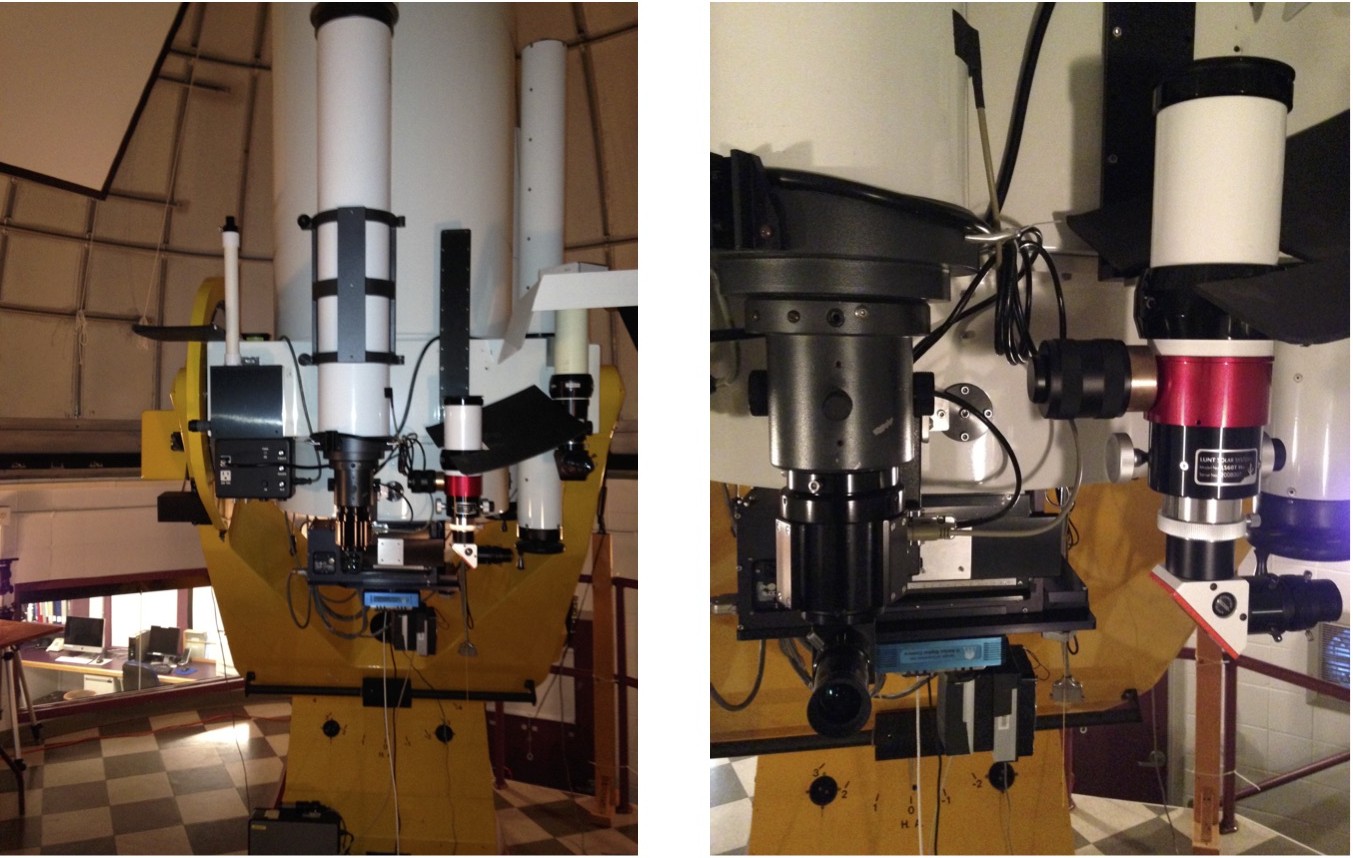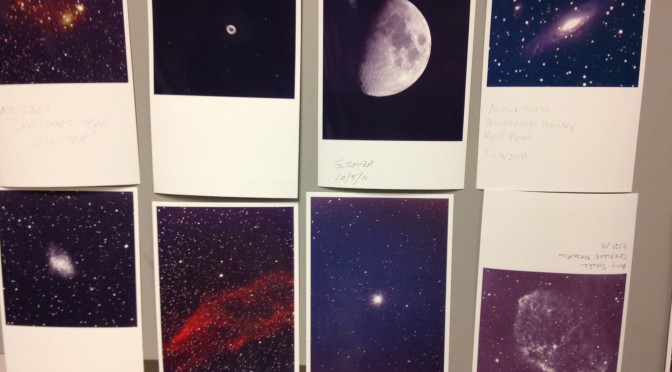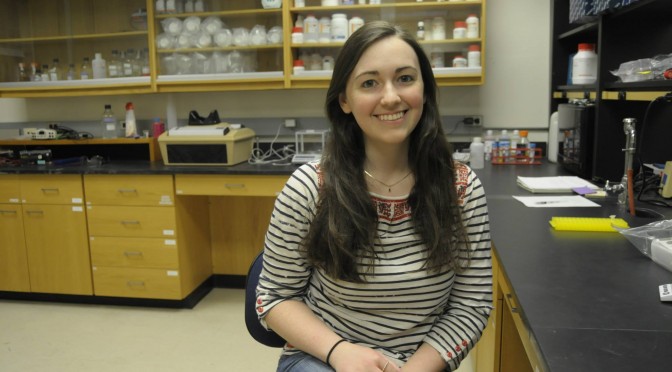By Elizabeth Jacobsen ’16
Writing a thesis is a lot like being in a relationship. It requires time, dedication, and a spark that makes the effort worthwhile. Kiki Landers is working on her biology thesis with Dawn Carone, studying RNA and cancer. She is a bright, friendly people-person, yet she has devoted most of her year to studying microscopic cells in a windowless lab. I appropriated a few moments of her all-too-rare free time to ask her about the driving forces behind her thesis work. Here she shares the story of how she developed a passion for cancer research that will carry on in her post-graduate career and how she changed in the process—in short, the story of how she fell in love with her research.
Continue reading Kiki Landers on How She Fell in Love with Her Research →


